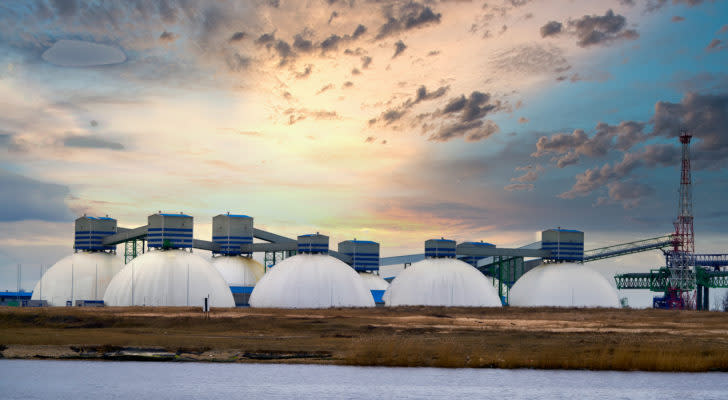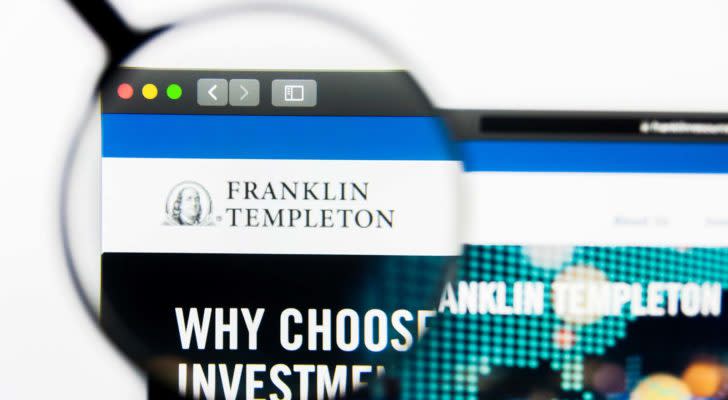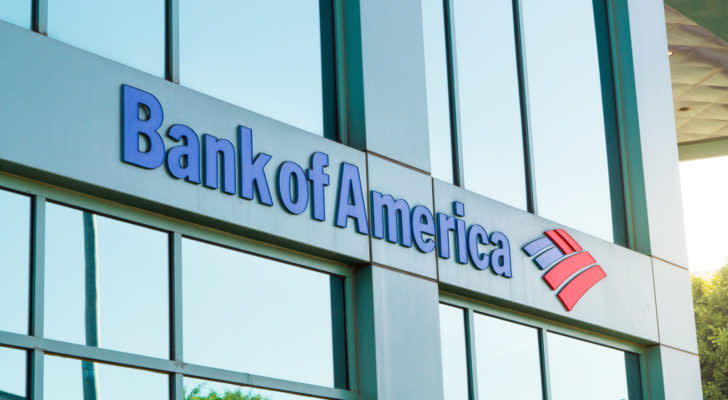Easy Money? 3 High-Yield Stocks to Buy for an Extra $750 a Year
If history is any guide, buying dividend stocks is the best thing you can do with your cash. Income-generating stocks outperform those that don’t pay a dividend by a wide margin.
JPMorgan Chase (NYSE:JPM) analysts found that stocks that initiated and then raised their payouts over a 40-year period between 1972 and 2012 returned an average of 9.5% annually, compared to a 1.6% return for non-payers.
Over rolling three-year periods, the top high-yield stocks to buy for annual income beat the low- and non-dividend-yielding securities about two-thirds of the time.
InvestorPlace - Stock Market News, Stock Advice & Trading Tips
That was underscored by Hartford Financial Services (NYSE:HIG), which similarly found dividends contributed 40% to the total return of the benchmark S&P 500 going all the way back to 1930. There was not a single decade where the index’s dividend stocks did not produce a positive return.
While chasing yield is a risky proposition because higher yields often come with higher risk, here are three high-yield dividend stocks to consider buying right now.
Antero Midstream (AM)

Source: OlegRi / Shutterstock
Natural gas leader Antero Midstream (NYSE:AM) is a midstream operator. That means it owns gathering pipelines, compressor stations and processing and fractionation plants, which separate hydrocarbon mixtures from natural gas into individual products.
Its primary customer is Antero Resources (NYSE:AR), which is an independent oil and gas company and partial owner of Antero Midstream.
For the past half dozen years the pipeline operator has been a horrible investment. You would have lost nearly your initial investment in the stock. It reiterates the point of not simply buying a stock because it sports a high yield. So why buy now?
Part of Antero’s problem has been the disincentives for oil and gas companies to perform new exploration and drilling. Antero also carries a heavy debt load. At the end of June it had $3.3 billion worth on its balance sheet.
But the midstream stock completed its capital spending program and expenditures were 31% lower in the second quarter. That follows a 64% decline in the first. That should allow Antero to transition to generating consistent free cash flow after dividends. The stock currently yields 7.6% annually.
Buying a little less than 850 shares in Antero would result in generating $750 a year in dividend income. With long-term, fixed-fee contracts on its assets, though, Antero Midstream should have a stable financial future.
Franklin Resources (BEN)

Source: Pavel Kapysh / Shutterstock.com
You probably better know Franklin Resources (NYSE:BEN) as the owner of the Franklin Templeton family of mutual funds. It’s one of the world’s largest investment managers with $1.4 trillion in assets under management (AUM) globally. They’re split fairly equally between retail and institutional investors. High net worth individuals comprise 1% of the client base.
Franklin is on a multi-year diversification journey. Investment management fees make up the bulk of its revenue, but it is transitioning towards new revenue streams. That should help limit the impact market fluctuations have on its financial results. It’s reflected in the second quarter report. Multi-class assets rose 2.8%, alternative assets increased marginally sequentially, and it ended up generating positive net inflows.
The asset manager is also making strategic acquisitions to further diversify itself. It established a long-term partnership with Power Corporation of Canada (OTCMKTS:PWCDF) and Great-West Lifeco (OTCMKTS:GWLIF), which also includes its acquisition of Putnam Investment. That will bring in an additional $136 billion worth of AUM.
Franklin Resources is a Dividend Aristocrat. It raised its payout to $0.30 per share last year, the 42nd straight year of increasing its dividend. The investment manager yields 4.6% annually. It would mean buying 625 shares of the investment manager to generate $750 in annual income.
Bank of America (BAC)

Source: Tero Vesalainen/Shutterstock
Bank of America (NYSE:BAC) is one of the largest bank stocks in the U.S. It’s only getting bigger. Rising interest rates are causing depositors to worry whether their local and regional banks are sound enough to survive. After Silicon Valley Bank and Signature Bank (OTCMKTS:SBNY) declared bankruptcy, depositors began putting their money in large, stable banks like Bank of America.
The higher interest rates, however, gives the financial institution the power to charge more for loans, increasing profits. But it’s a delicate balancing act.
Because banking is fairly cyclical, or one that at least runs with the economy, recessions can cause loan delinquencies to rise and losses to widen. Rising interest rates could throw the economy off course.
Bank of America seems fine. It also looks cheap, and is cheap. While such financial institutions are not known for trading at earnings premiums, it’s better to look at how the market sees their book value. For Bank of America, it’s trading at 90% of its book value, meaning it is offering investors a discount. Wells Fargo (NYSE:WFC) goes for 96% of BV while Citi (NYSE:C), just 42%.
The flagship bank’s dividend also yields a healthy 3.4% annually. You would need to buy approximately 780 shares of Bank of America to generate $750 in annual income.
On the date of publication, Rich Duprey held a LONG position in BEN stock. The opinions expressed in this article are those of the writer, subject to the InvestorPlace.com Publishing Guidelines.
Rich Duprey has written about stocks and investing for the past 20 years. His articles have appeared on Nasdaq.com, The Motley Fool, and Yahoo! Finance, and he has been referenced by U.S. and international publications, including MarketWatch, Financial Times, Forbes, Fast Company, USA Today, Milwaukee Journal Sentinel, Cheddar News, The Boston Globe, L’Express, and numerous other news outlets.
More From InvestorPlace
Musk’s “Project Omega” May Be Set to Mint New Millionaires. Here’s How to Get In.
ChatGPT IPO Could Shock the World, Make This Move Before the Announcement
It doesn’t matter if you have $500 or $5 million. Do this now.
The post Easy Money? 3 High-Yield Stocks to Buy for an Extra $750 a Year appeared first on InvestorPlace.
